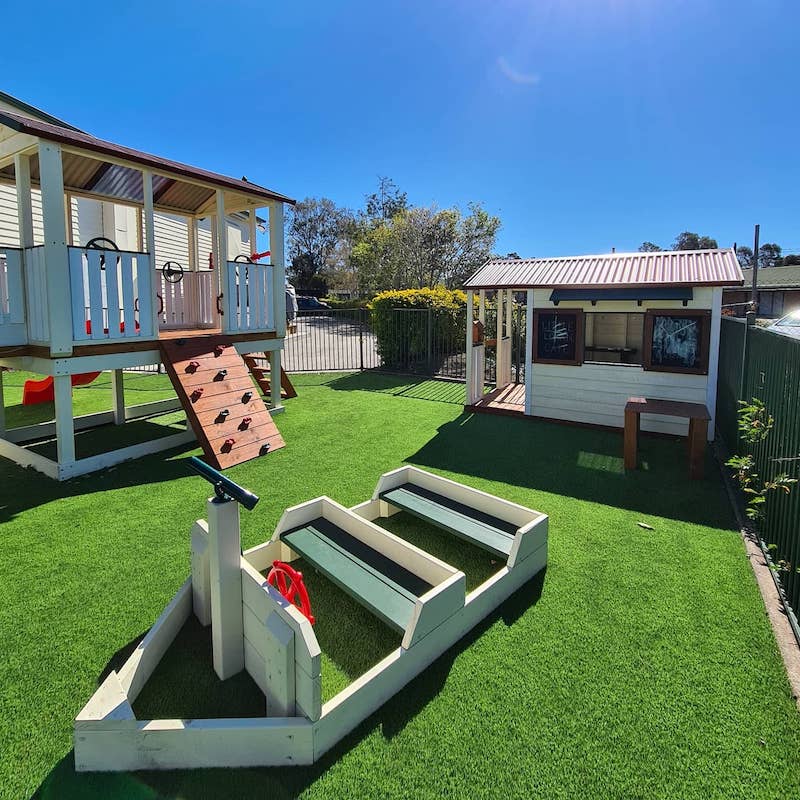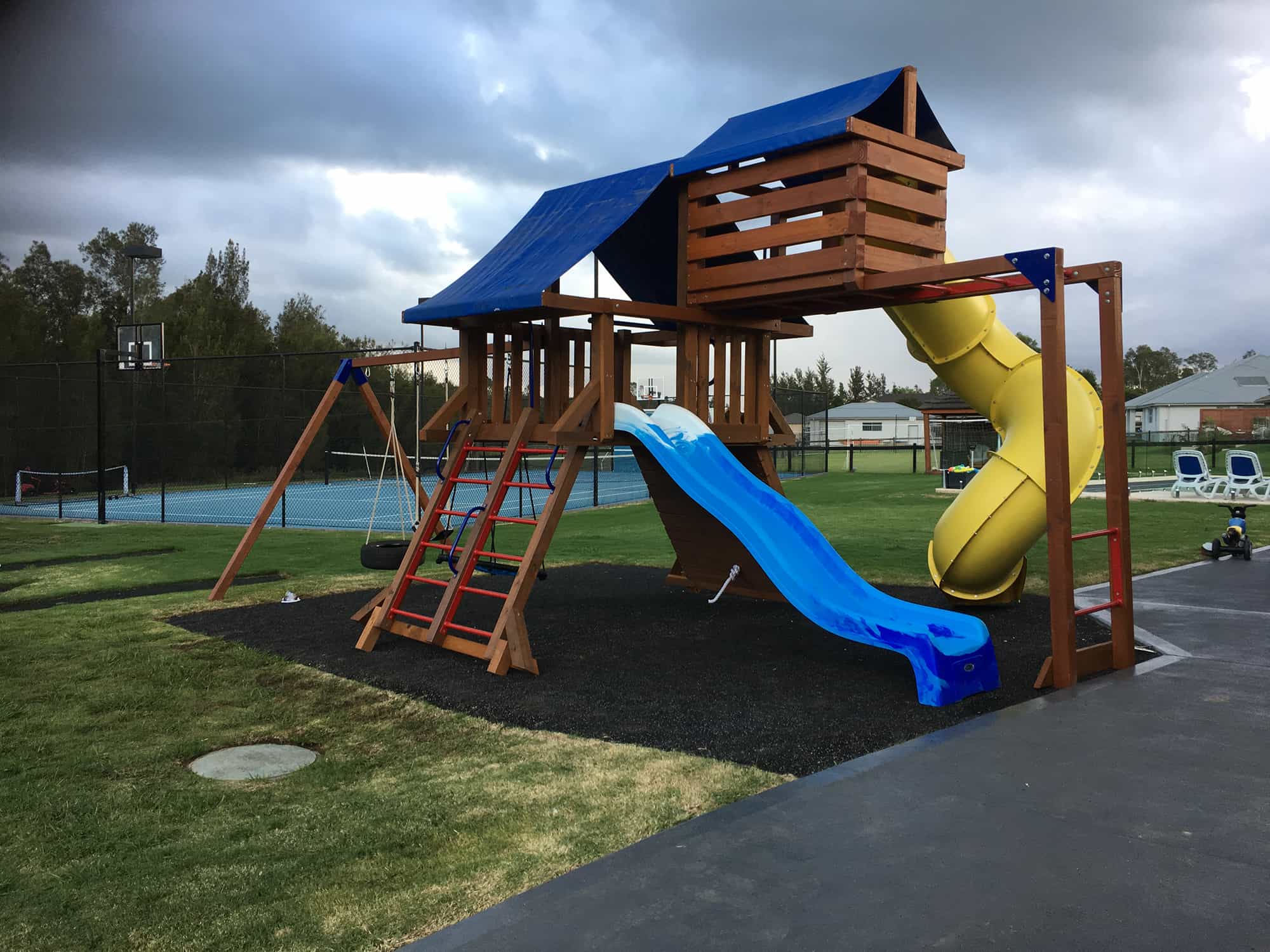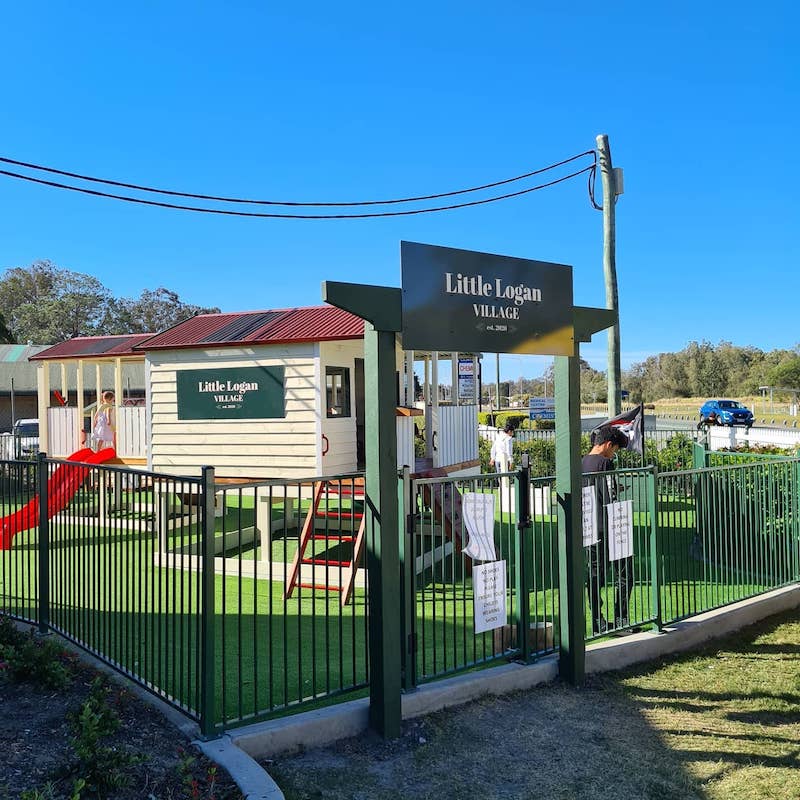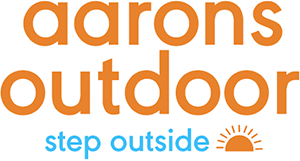In today’s world, the safety of our children is paramount, especially when it comes to public playground equipment. As more and more families visit local parks and playgrounds, it is crucial that play structures meet rigorous safety standards to prevent injuries.
Play equipment manufacturers must adhere to guidelines set by organisations such as Standards Australia. These standards cover various aspects of playground design, including equipment surfacing, installation, and maintenance. Prioritising physical and health safety at all times and ensuring compliance with these regulations can create secure and enjoyable play spaces for children in our local communities.
Australian standards for playgrounds specify safety performance specifications and safety requirements test methods to ensure that all equipment intended for public use meets stringent health standards. The National Program for Playground Safety provides further guidance to ensure that play structures are designed and maintained with safety in mind.
In this blog post, we will discuss the specific safety standards for commercial play equipment, including Australian playground requirements, test methods, and best practices that contribute to a safe and fun environment for all.
Understanding Playground Surfacing Standards
AS 4422 covers a variety of playground equipment surfacing materials, from loose-fill materials like wood chips and rubber mulch to unitary surfaces like rubber tiles and poured-in-place surfaces. Each material has its unique properties, and the choice depends on factors like the playground’s design, budget, and expected footfall.
The standard also highlights more than specific testing methods and criteria to evaluate the impact attenuation properties of these surfaces.
Critical Fall Height and Impact Attenuation
Two key concepts in playground safety are ‘Critical Fall Height’ (CFH) and ‘Impact Attenuation’.
CFH is the maximum height a child can fall from without sustaining a life-threatening injury. It’s a crucial factor in determining the type of surfacing needed for a playground.
The higher the CFH, the more shock-absorbing the surface needs to be.
Impact Attenuation, on the other hand, measures a surface’s ability to absorb the shock of a fall, reducing the risk of injury. The Australian Standard AS 4422 outlines testing methods for measuring a surface’s impact attenuation performance. These tests help determine the suitability of surfacing materials for different fall heights.
A playground with equipment safety exceeding a CFH of 2 metres would require a surface with higher impact attenuation, like rubber mulch or bonded rubber.
The Impact of Compliance on Playground Standards Safety
Playground safety is no child’s play. It’s a serious business that demands strict adherence to safety standards.
Let’s dive into some real-world case studies highlighting compliance’s significance.
Consider a local council in Victoria that prioritised compliance with Australian Standards Playground Guidelines AS 4685 for their public playgrounds. As recommended in the Public Playground Safety Handbook, regular inspections, prompt maintenance, and diligent record-keeping became their mantra.
The result?
There is a significant drop in playground-related injuries, a safer environment for children, and peace of mind for parents.
On the flip side, a childcare centre in New South Wales faced the harsh consequences of non-compliance. Inadequate surfacing materials, non-compliant equipment, and lack of regular inspections led to a tragic accident, resulting in severe injuries to a child. The centre faced hefty legal penalties, not to mention the irreparable damage to its reputation.
These case studies underline a clear message – compliance with safety standards isn’t just a tick-box exercise. So, let’s not treat it as an afterthought.
The Importance of Safety Standards for Commercial Play Equipment
Picture this: a bustling playground brimming with children’s laughter and the occasional parent’s cheer. This is where the significance of safety standards for commercial play equipment comes into play.
Now, imagine the unthinkable – a child getting hurt. Child safety is vital, especially in public spaces and commercial settings.
Non-compliance with these standards isn’t just a legal liability; it can lead to injuries and potentially mar a business’s reputation.
Adhering to established safety standards isn’t a chore; it’s a necessity. It’s the difference between a child’s joyful laughter and a parent’s worried frown. So, let’s dive into the world of safety standards and understand why they’re so crucial for commercial play equipment.
Overview of Australian Standard AS 4685
When it comes to the safety of play equipment in Australia, the Australian Standard AS 4685 is the rulebook. This comprehensive standard, in line with international best practices, sets the benchmark for the playground design installation and maintenance of commercial play equipment.
AS 4685 covers a broad spectrum, from the general safety requirements test method to guidelines for specific equipment types. It also provides surfacing standards and accessibility guidelines. Each aspect of this standard is like a cog in a machine, working together to ensure the safety and well-being of children.
Key Components of AS 4685
Peeling back the layers of AS 4685, we see a meticulous structure designed to keep children safe. This standard is a tapestry of safety measures, each thread woven with precision, creating a robust safety net.
So, what are these threads? Let’s unravel them.
- General safety requirements: The backbone of AS 4685, these requirements set the guidelines for the design, manufacture, and installation of play equipment. They keep a keen eye on every aspect, from the equipment’s sturdiness to the surfaces’ smoothness.
- Specific equipment types: Swings, slides, climbing equipment—each has its safety nuances. AS 4685 addresses these, tailoring safety measures to the unique characteristics of each type of equipment.
- Surfacing standards: A fall doesn’t have to end in injury. AS 4685 ensures this with its surfacing standards, which mandate the use of impact-absorbing surfaces around play equipment.
- Accessibility guidelines: Play is for everyone. AS 4685 echoes this sentiment, providing guidelines to ensure that play areas are accessible to all children, regardless of ability.
Each component of AS 4685 is a pillar of safety, standing tall and firm. Together, they form an unshakeable structure that guards the joy of play, ensuring that it remains untainted by the shadow of harm.
Additional Safety Standards for Specific Equipment
Playgrounds are a place of joy and adventure for kids, but ensuring their safety is paramount. The Australian Standard AS 4685 outlines specific safety requirements for various Australian playground equipment, including swings, slides, climbing structures, and merry-go-rounds.
Each piece of equipment has its unique set of safety guidelines, which include an additional safety requirements test. For instance, swings have strict regulations regarding dimensions, clearance zones, and fall heights to prevent injuries. Similarly, slides, climbing structures, and merry-go-rounds have their own safety performance specification playground equipment covering dimensions, clearance zones, and maximum fall heights.
Ensuring Accessibility: AS 1428 and Inclusive Play Areas
Creating inclusive and accessible play areas for children of all abilities is a noble goal and a fundamental requirement under Australian Standard AS 1428. This standard provides comprehensive guidelines for designing accessible facilities and environments, including play spaces.
The AS 1428 standard would require a ramp for wheelchair access, a transfer point where a child can move from a wheelchair to the slide, and sensory-friendly elements like a smooth slide surface to avoid overstimulation.
However, inclusive play areas benefit the community as a whole, not just the children. Who wouldn’t want that?
They promote physical, cognitive and language development for all children, create a welcoming environment, and encourage social interaction between children of different abilities.
Legal Implications and Compliance
Imagine a child getting injured on a playground due to faulty equipment. The legal repercussions for the responsible party could be severe, as outlined by the Product Safety Commission CPSC, not to mention the emotional toll of knowing a child was harmed. It’s a scenario no one wants to face.
Regular inspections, maintenance, and proper documentation are crucial in demonstrating compliance with these standards, aligning with Consumer Product Safety Commission guidelines.
In short, this is more about ensuring child safety first and protecting the business or organisation from legal and financial risks.
Liability and Risk Management
Implementing comprehensive risk management strategies can bring about positive outcomes.
Conducting regular risk assessments, implementing safety protocols, and maintaining proper documentation are all part of this process. These proactive measures can help identify potential hazards before they become a problem, ensuring the playground remains a safe haven for children.
Could you consider the case of a childcare centre that faced legal action due to an accident on its playground? Or consider the public space that was praised for its exceptional safety standards.
A thorough risk assessment could have prevented that.
Regular Inspections and Maintenance
Ensuring the safety of commercial play equipment isn’t a one-off task. It’s an ongoing commitment that involves regular inspections and maintenance. A comprehensive inspection and maintenance programme is crucial for safety outdoor play.
So, what does this programme look like? If deficiencies are found, prompt action is needed.
These inspections, guided by the Playground Advisory Unit, should be thorough, checking for signs of wear and tear, loose hardware, and potential hazards. This could mean repairs, replacements, or even a complete overhaul of the equipment.
Let’s not forget documentation. Recording inspections and maintenance work is good practice and a requirement. It provides a paper trail that can be invaluable in the event of an incident.
Prioritising Child Safety in Commercial Play Areas
As we wrap things up, let’s not forget the crux of the matter: child safety in commercial play areas is non-negotiable.
This article underscores the importance of adhering to Australian safety standards, such as AS 4685, AS 4422, and AS 1428. Each standard outlines specific safety requirements for commercial playground equipment, surfacing, and accessibility.
So, let’s step up, take proactive measures, and prioritise child safety in every facet of commercial play area design, installation, commercial play equipment upgrades, and operation.
After all, our children deserve nothing less.
At Aarons Outdoor, we take pride in our commitment to safety. We carefully select materials that meet and exceed Australian Standards, ensuring that children can use playground equipment safely. By adhering to rigorous guidelines and standards, we believe we can create spaces where children can unleash their imagination and have fun while their safety remains our top priority.
If you have any questions or would like to learn more about our range of playground equipment and commercial outdoor services, please don’t hesitate to contact us. Our friendly and knowledgeable team is always ready to assist you.







